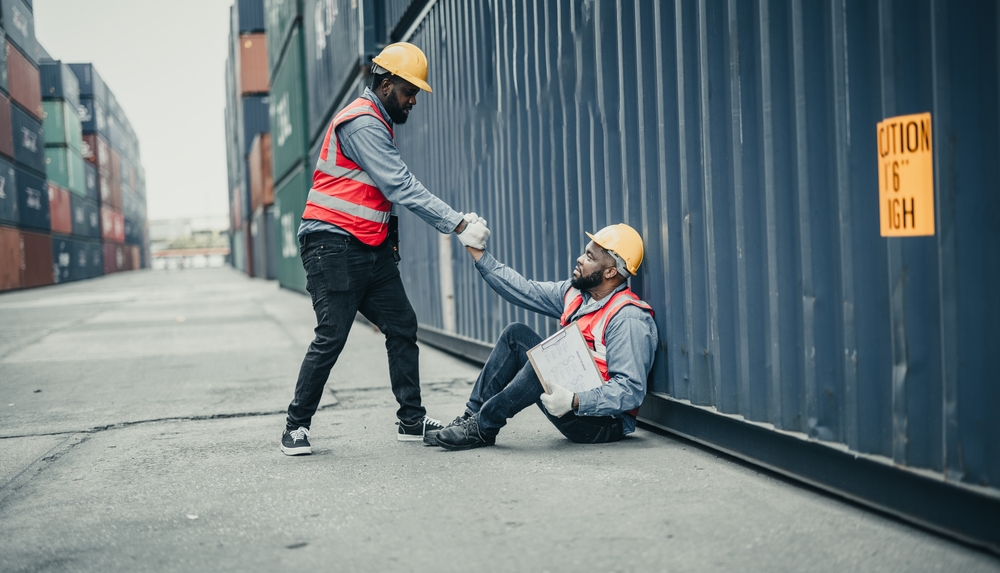Feature submitted from the perspective of a real Rescuer- EMT, Mark Ford, Confined Space Rescuer at Amerisafe Group.
Iron workers, plumbers, electricians, sheet metal workers, operating engineers, and other crafts require years of training and apprenticeship to become skilled in one’s craft. Yet anyone can be a Rescue Worker? The difficulty in this situation is that anyone can be a spontaneous rescue worker, anyone may be called upon in another’s moment of need to rescue them from danger.
This was the case on September 11th, 2001 when the private vessels, under the direction of the Coast Guard, executed the “Boat Lift”, the largest water evacuation in world history. This water evacuation rescued nearly 500,000 people in less than 9 hours dwarfing both the number rescued and the time taken for the WWII Dunkirk rescue. This rescue was conducted by ships captains, deckhands, and longshoremen, not professional confined space rescuers, who used their skills and abilities to perform a rescue that not even the military might of the Allied Forces could muster.
While at the same time as the Boat Lift was occurring hundreds of firefighters, EMS providers, police officers, and other rescue workers were working in and around the World Trade Center towers rescuing as many as they could who would have otherwise died. These folks went to work at the Towers with a mission in mind and the requisite tools, education, and experience (apprenticeship) to save lives. While we know that unfortunately their hard work cost them their lives and they were doomed from the start not to be able to complete the work for which they set out we understand that both of these groups are rescuer workers.
What Are Rescuer Differences?
So yes, anyone can be a rescuer, but the core question we must answer is what sets apart a rescuer assigned to perform rescues from a spontaneous rescuer who is in the right place at the right time with the right skills to help?
The difference is simply the training, equipment, and experience which one possesses. While we, as construction and safety personnel, easily understand the crafts above as trained and educated professionals, rescue is unfortunately overlooked for the craft which it should be especially by bean counters.
While this misconception occurs, rescue is indeed a craft all of its own. Confined space rescuers often have training, certification, and apprenticeship on par with an associates degree between safety training, hazmat training which surpasses OSHA requirements, and multiple different disciplines of rescue which may be needed on any particular site.
A well rounded rescue worker isn’t only able to handle the task for which they are hired but also a wider variety of rescues because each piece of rescue knowledge adds more pieces that can help with the difficult and technical rescue.
Why Do We Need Professional Rescuer Workers?
Imagine the individual that passes out and falls 150’ in the air, their fall arrest prevents them from hitting the ground but they are too far away to access from the scaffolding which is constructed and physical contact is blocked by a solid wall. How do you get this person down? Do you try to use the fire departments ladder truck? It will come up short at 107’ or less. Figure out how to cut through the wall to access the patient? The could work depending on the ease of accessing that wall, and the tools available but will take more time and potentially allow for suspension trauma to occur, or do you have a trained professional lowered over the edge allowing them to access the victim and remove them from the situation quickly? If you are relying on spontaneous rescuers this option, while the best with a trained and equipped team, is not possible.
While anyone can perform some rescues only professional confined space rescuers are qualified and capable of handling the problems that have more challenges, and that makes the difference between life and death.








